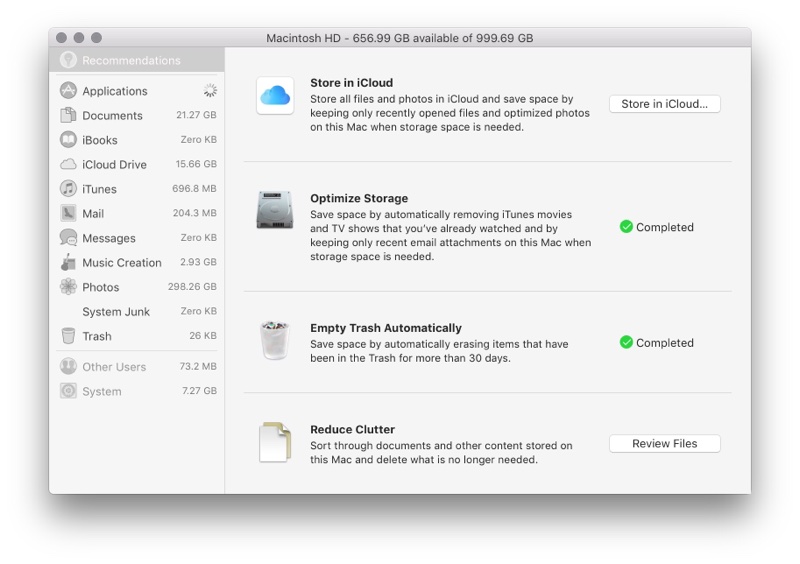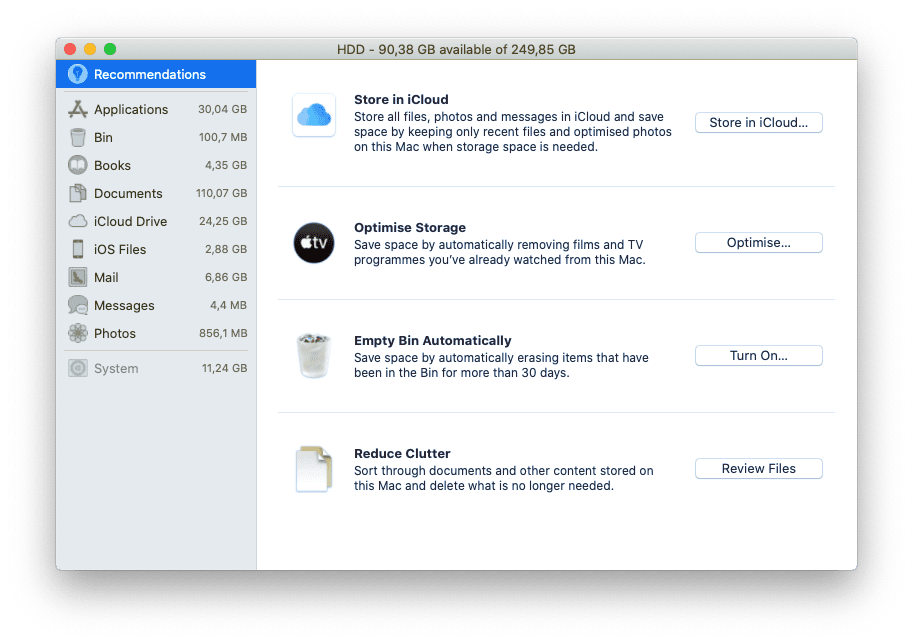

l which can cause issues when it comes to us always having free space available to us. The storage can’t be upgraded once you have purchased your computer. With these benefits, there are drawbacks though. APFS volumes that aren’t related to macOS shouldn’t use any flags.Apple’s MacBooks have some of the fastest and most reliable storage that you can get these days. In macOS Catalina, the System and Data volumes also use flags to denote their purpose.

These include the Preboot, Recovery, and VM (virtual memory) volumes, which aren’t shown in Disk Utility (you can view them in Terminal using diskutil list). Some APFS volumes use special flags to denote their purpose. I’ve tried to manually create a volume group, but it seems that only the macOS Catalina installer is capable of this.

AFAIK, these two volumes share the same encryption keys and case-sensitivity settings, and are linked in weird ways ( cough firmlinks cough). MacOS Catalina introduced the idea of a volume group, consisting of exactly two volumes - System and Data. When you create a new APFS volume, you can optionally add size constraints, but this generally isn’t recommended. Conversely, if you remove files from the volume, it will return that space back to the container, so other volumes can use it. If you add some files to an APFS volume, it will use free space inside the container to grow itself and store the files. The biggest advantage of APFS volumes is that they are dynamic they grow and shrink as they need. Each APFS volume has its own optional size constraints, optional flags, encryption keys, and case-sensitivity settings. Its sole role is to store sub-volumes (APFS volumes) inside it, which are unique from each other. The container doesn’t store any files of its own. Instead of storing one volume, one filesystem on a fixed partition, an APFS partition is referred to as a container.
#Macbook system storage taking up space mac os#
Crash course on APFSĪPFS is an oddball compared to other filesystems, such as NTFS or Mac OS Extended (Journaled). If you want to investigate what is taking up storage on your Mac, click the Apple logo (), then select About This Mac. Oddly enough, Safari also resides on this volume. The Data volume stores everything else on your Mac, such as user accounts, third party apps and your files. Looking at Disk Utility, it’s taking up around 15 GB of space, which surprises me since my System volume is usually around 11 GB. The System volume (the one without Data appended to it), introduced in macOS Catalina, is a read-only volume that stores almost all of macOS Catalina and its preinstalled apps. That’s everything (minus most of the OS) stored on your Mac, which includes your user account, apps, documents and other files. TL DR the "About This Mac" gives the "real-world" breakdown, and you only need to worry about the Disk Utility stats if you are manually partitioning drives to meet certain targets, or doing other low-level work. This is actually a bit of a nightmare in certain cases, for example when it comes to writing custom utilities to display the disk usage, because I haven't yet managed to find a way to replicate the data shown by "About This Mac" (I end up only being able to show the Disk Utility version). Because the "About This Mac" is collecting the information with this in mind, it displays a more context-aware story with regards to the disk usage. This is similar to how modern applications expand their RAM usage to fill what is available and cut it down when necessary (next time you're going to start working, open Activity Monitor and take a look at the Memory usage of the Window Server process it'll go from >4GB to however small it needs to be, depending on how much other stuff is going on). However, the OS manages these files silently for you, and if you need more space it will arrange matters so that space will appear (up to some limit, obviously).

These files take up space on your drive, hence why they show up on Disk Utility because it looks at it from a really low-level perspective. I can't tell you right off the bat what "other" includes, but this is a more accurate reflection of the usable space on your drive at the moment.īasically, there are a bunch of files that macos uses "in the background", as it were, related to system and application caches, time machine, etc.


 0 kommentar(er)
0 kommentar(er)
